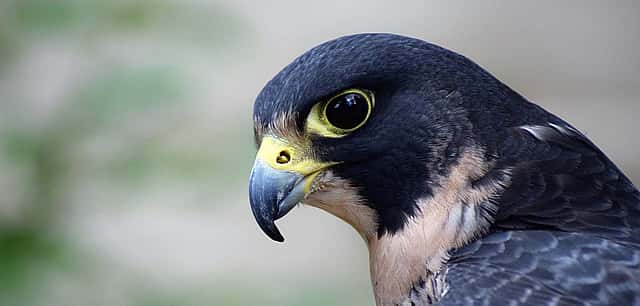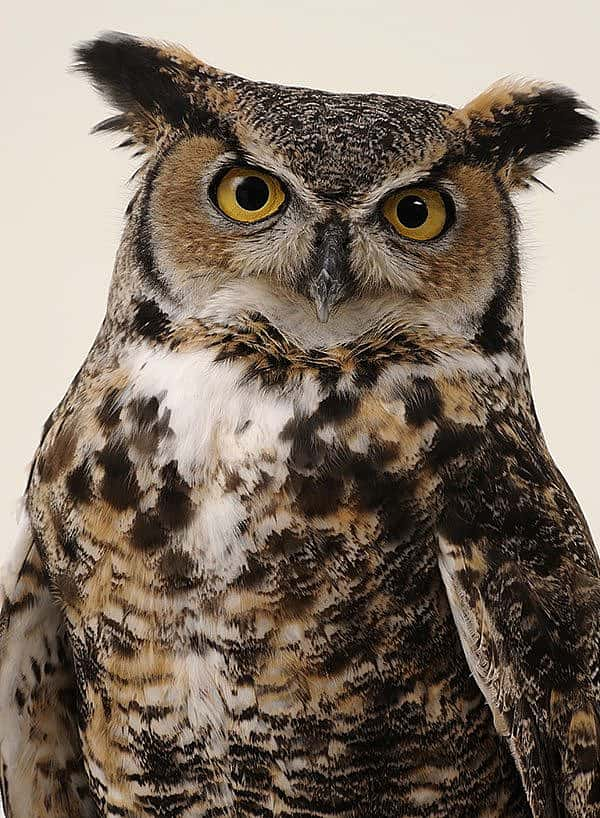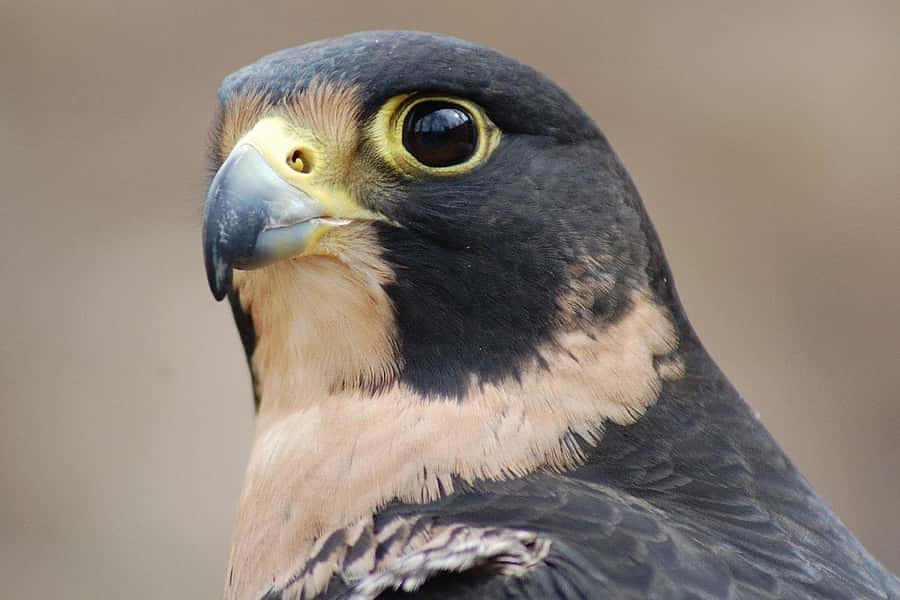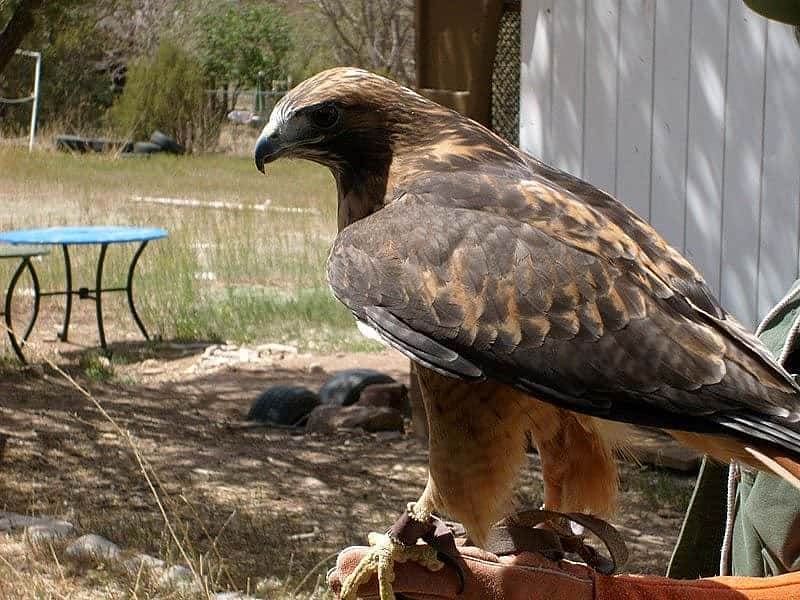
Time To Work
Three of our four birds have arrived! For the rest of the week I want to learn each bird’s personality and their individual likes and dislikes so that I can better train my volunteers. I’ve already met up with four folks who are excited to volunteer for the Raptor Experience and they were kind enough to come in and feed the owl while I was traveling to get the falcon and hawk. Even though they are all excited to get started, I need to let the birds settle in a bit before they help me train the volunteers.
The rest of this week will be devoted to manning the peregrine falcon and great horned owl, and holding the red-tailed hawk so he gets used to me and our facility. “Manning” is the falconry term for getting a wild bird used to standing on a leather glove and “working” with a person. The process varies with each individual bird so there is no way to say just how long it will take for a bird to be comfortably standing on a glove.
In general, great horned owls are relatively easy to “man.” Even though this owl is coming to us as a wild bird, I am hopeful that he will be out in front of the public in just a couple weeks. The peregrine falcon, however, will probably take a lot longer to get settled in. Falcons are typically high strung birds and can be a bit spastic (for lack of a better word), especially when they are dealing with large crowds like we experience here. We will take it nice and easy, however, and see if we can incorporate the positive aspects of feeding her (something which she LOVES) with things that might be scary, i.e. being in new places and having strange people looking at her.
Written By
Melissa Hill
While earning her Bachelor's Degree in Wildlife Management at the University of Wyoming, Melissa began volunteering at Laramie Raptor Refuge and was instantly hooked on birds of prey. Since those early days, she has worked with nearly 70 different raptors at four different raptor education groups in three states. She is a former member of the Education Committee for the International Association of Avian Trainers and Educators (IAATE) and a National Association for Interpretation's Certified Interpretive Guide. When she's not "playing with the birds" she enjoys spending time quilting, crocheting, and exploring the Greater Yellowstone Ecosystem with her non-bird family.



